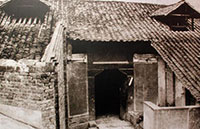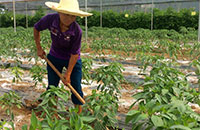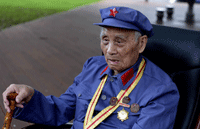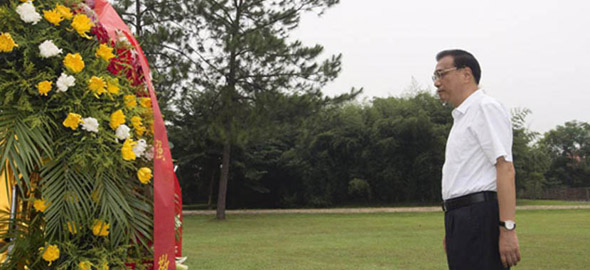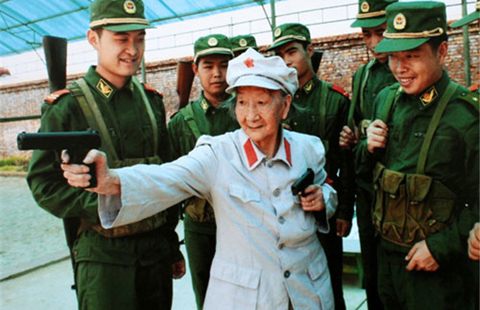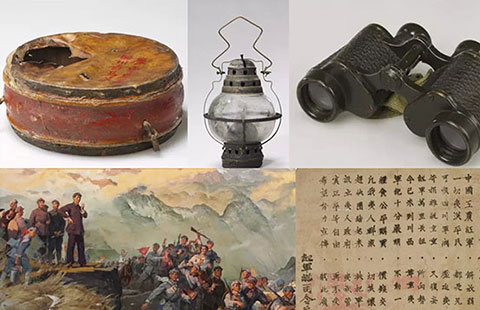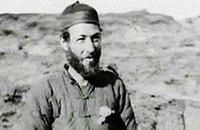Did Red Army soldiers wash feet with Moutai liquor?
[2016-08-29 15:28]One of the many unraveled rumors about the Red Army soldiers along the epic Long March (1934-1936) is whether they washed their feet with Moutai, the country's national liquor, now officially served at state banquets .
Documents show advance military tactics of Red Army
[2016-08-29 10:06]Documents show that the Red Army's efforts to improve commanders' tactical skills helped them draw advanced strategies and tactics to secure continuous victories in the Long March, a military expert said.
East China's long march out of poverty
[2016-08-25 09:40]Nine months ago, 56-year-old farmer Yang Lanying's family was earning no more than 2000 yuan a year - the equivalent of just $300.
Long March veteran continues fighting
[2016-08-23 15:07]Flanked by his ever-watchful nurse and carer, 101-year-old Red Army veteran Wang Chengdeng slowly but surely made his way towards an applauding Chinese media pack.
Premier Li pays homage to Red Army martyrs
[2016-08-23 14:30]Premier Li Keqiang presented a flower basket on Tuesday in memory of Red Army martyrs on a visit to Yeping Revolution Heritage Site in the county-level city of Ruijin in East China’s Jiangxi province.
The untold stories of women in the Long March
[2016-08-23 09:22]The Long March is known as an expedition of untold hardship and sacrifice. Female soldiers also braved its dangers.
Old revolutionary base now undergoing revitalization
[2016-08-17 17:15]Zunyi City is a well-known tourist destination due its key role in China's revolutionary history.
Revolutionary village in East China becomes e-commerce hub
[2016-08-15 16:24]A village in East China has turned from one that used to supply goods to revolutionary forces during war times to one that sells local farm produce online.
Exhibition displays rare and historic items of Long March
[2016-08-09 07:13]Around 267 items will be exhibited, including paintings and handwritings related to the Long March.
Swiss British missionary who helped army in Long March
[2016-08-03 11:28]It was early October 1934, and the Red Army just started the Long March when it accidently came across Rudolf Bosshardt, a Swiss British missionary working in China, in Guizhou province. Bosshardt, who was 37 and then stayed with the Red Army for more than 500 days, translated the whole map.
